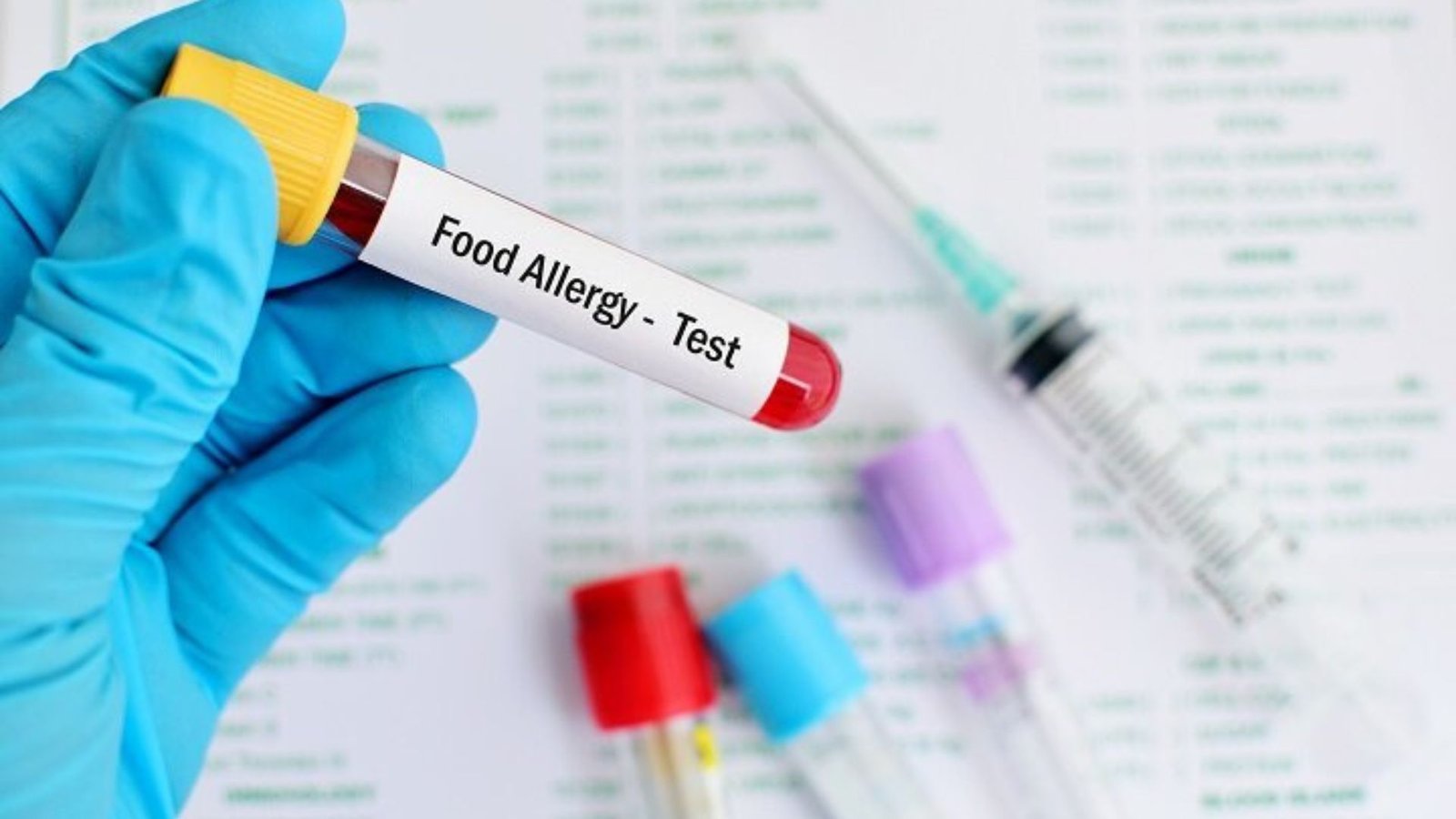Food allergies affect millions of people worldwide, and they can cause a wide range of symptoms, from mild discomfort to life-threatening reactions. Understanding the most common food allergies and how to identify them is essential for managing your health and preventing dangerous allergic reactions. In this post, we’ll explore the most common food allergies, their symptoms, and how to identify them.

1. Peanut Allergy
Peanut allergies are among the most common and severe food allergies. They occur when your immune system mistakenly identifies proteins in peanuts as harmful. Even trace amounts of peanuts can trigger an allergic reaction in sensitive individuals. Symptoms of a peanut allergy can range from hives, swelling, and itching to more severe reactions like difficulty breathing, anaphylaxis, and even death.
To identify a peanut allergy, pay attention to any reaction after consuming peanuts or peanut products. If you suspect a peanut allergy, seek medical advice and consider getting tested through skin tests or blood tests. It’s crucial to avoid all peanut-based products and read food labels carefully for any potential cross-contamination.
2. Milk Allergy
A milk allergy occurs when your immune system reacts to proteins found in cow’s milk, such as casein and whey. This type of allergy is most common in infants and young children but can also affect adults. Symptoms may include skin reactions, gastrointestinal issues, respiratory problems, or even anaphylaxis in severe cases.
To identify a milk allergy, look for symptoms after consuming milk or dairy products. If your child is experiencing skin rashes, digestive issues, or respiratory symptoms after drinking milk, consult a doctor. Milk allergy testing, such as a skin prick test, can help confirm the diagnosis. It’s important to avoid all dairy products and seek dairy-free alternatives like almond, soy, or oat milk.
3. Egg Allergy
Egg allergies are common, especially in children. An egg allergy occurs when your immune system reacts to the proteins in egg whites or yolks. Common symptoms include skin rashes, stomach pain, respiratory issues, and in severe cases, anaphylaxis.
Identifying an egg allergy involves observing any adverse reactions after consuming eggs or foods containing eggs. You may notice symptoms after eating scrambled eggs, baked goods, or processed foods that contain egg-based ingredients. If an egg allergy is suspected, medical testing can confirm the diagnosis. Avoid all forms of eggs, including eggs in baked goods, and opt for egg substitutes in recipes.
4. Tree Nut Allergy
Tree nut allergies are similar to peanut allergies, but they are caused by reactions to different types of nuts, such as almonds, walnuts, cashews, pistachios, and hazelnuts. Tree nut allergies can cause severe reactions, including anaphylaxis, and even cross-contamination between tree nuts and peanuts can be dangerous for those with a nut allergy.
To identify a tree nut allergy, watch for symptoms like swelling, hives, or trouble breathing after consuming tree nuts or nut-based products. If you suspect a tree nut allergy, consult a doctor for testing. It’s essential to avoid all tree nuts and read labels for potential allergens.
5. Shellfish Allergy
Shellfish allergies affect both children and adults, with reactions triggered by crustaceans like shrimp, lobster, and crab, or mollusks like clams, oysters, and squid. Symptoms of a shellfish allergy can range from mild hives or swelling to severe breathing difficulties and anaphylaxis.
Identifying a shellfish allergy involves noticing any adverse reactions after eating shellfish. If you develop hives, swelling, or breathing problems after consuming shellfish, seek medical attention. An allergist can perform tests to confirm the allergy, and avoiding all forms of shellfish is essential for prevention.
6. Wheat Allergy
Wheat allergies occur when the immune system reacts to proteins found in wheat, such as gluten. Unlike celiac disease, which involves an autoimmune response to gluten, a wheat allergy causes symptoms like skin rashes, digestive issues, or respiratory problems after eating wheat-containing foods.
If you suspect a wheat allergy, look for reactions after consuming bread, pasta, or baked goods. Wheat allergy testing, including skin prick tests or blood tests, can help confirm the allergy. It’s essential to avoid wheat and wheat-based products and opt for gluten-free or wheat-free alternatives.
7. Soy Allergy
Soy allergies are most common in infants and young children, though many outgrow the allergy as they get older. Soy is a common ingredient in processed foods, so soy allergies can be tricky to avoid. Symptoms include skin reactions, gastrointestinal distress, and in severe cases, anaphylaxis.
To identify a soy allergy, watch for symptoms after consuming soy-based products, such as tofu, soy milk, or processed foods with soy protein. Consult a doctor for allergy testing if you suspect a soy allergy, and avoid all foods containing soy or its derivatives.
8. Fish Allergy
Fish allergies can develop at any age, but they are most common in adults. Fish allergies are caused by reactions to proteins found in fish like salmon, tuna, and cod. Symptoms can range from hives and swelling to gastrointestinal issues or anaphylaxis.
If you have a fish allergy, symptoms may occur after eating fish or seafood. It’s essential to avoid all types of fish and fish-based products, including fish sauce or fish oil, to prevent allergic reactions. Consult an allergist to confirm the allergy and discuss avoidance strategies.
Conclusion
Food allergies can have serious consequences, but with proper identification and management, you can minimize the risk of allergic reactions. If you suspect you have a food allergy, consult with a healthcare professional for testing and guidance. Avoiding known allergens and reading food labels carefully are essential steps in preventing allergic reactions. By understanding the most common food allergies and how to identify them, you can protect your health and make informed choices when it comes to your diet.











